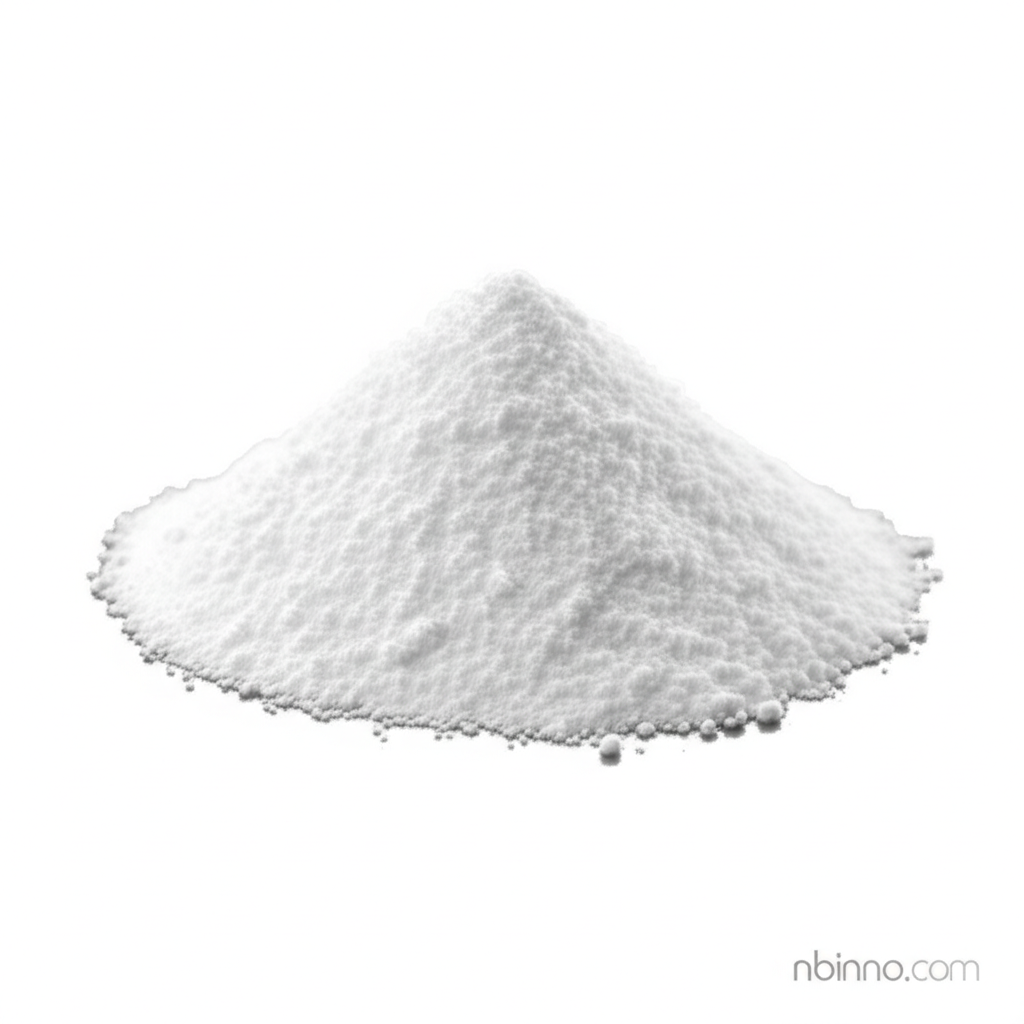Formestane: A Comprehensive Guide to its Properties, Applications, and Research Uses
Discover the detailed profile of Formestane, a key player in hormonal cancer therapy and scientific research.
Get a Quote & SampleProduct Core Value

Formestane
Formestane is a potent, steroidal, and irreversible Type I aromatase inhibitor. It is primarily used in the treatment of estrogen receptor-positive breast cancer in postmenopausal women, acting by blocking the conversion of androgens to estrogens. Its unique mechanism and historical significance in hormonal therapy make it valuable for both clinical insights and ongoing scientific investigation.
- Understanding the formestane mechanism of action is crucial for appreciating its therapeutic impact. It irreversibly binds to the aromatase enzyme, effectively halting estrogen production from androgen precursors.
- The formestane synthesis pathways involve complex chemical transformations, starting from steroidal precursors to yield this potent compound. Researchers often explore these synthesis routes for optimization and understanding.
- Exploring formestane uses in breast cancer treatment provides insight into its clinical efficacy. It has been employed in managing advanced breast cancer in postmenopausal women, highlighting its role in hormone-sensitive therapies.
- The formestane chemical properties, including its crystalline form and solubility, dictate its handling and formulation, making it suitable for specific research applications and pharmaceutical development.
Key Advantages
Potent Aromatase Inhibition
Formestane offers potent and irreversible inhibition of the aromatase enzyme, a key mechanism for reducing estrogen levels, essential for treating hormone-dependent conditions.
Historical Therapeutic Significance
As one of the earlier steroidal aromatase inhibitors, formestane provides valuable historical context for the development of current breast cancer therapies and hormone modulation strategies.
Research Utility
The availability of formestane aids in various scientific research applications, including studies on endocrine function, cancer biology, and drug metabolism, using its distinct pharmacological profile.
Key Applications
Oncology
Formestane is recognized for its role in treating estrogen receptor-positive breast cancer, where it helps inhibit tumor growth by reducing estrogen levels.
Endocrine Research
Its specific action on the aromatase enzyme makes it a valuable tool for studying the endocrine system and the role of estrogen in various physiological processes.
Drug Metabolism Studies
Investigating the formestane drug metabolism pathways provides critical insights into how the body processes and eliminates such compounds, contributing to drug development.
Hormonal Therapy Development
Formestane serves as a reference or comparator in the development of new hormonal therapies, offering a benchmark for efficacy and mechanism of action.
